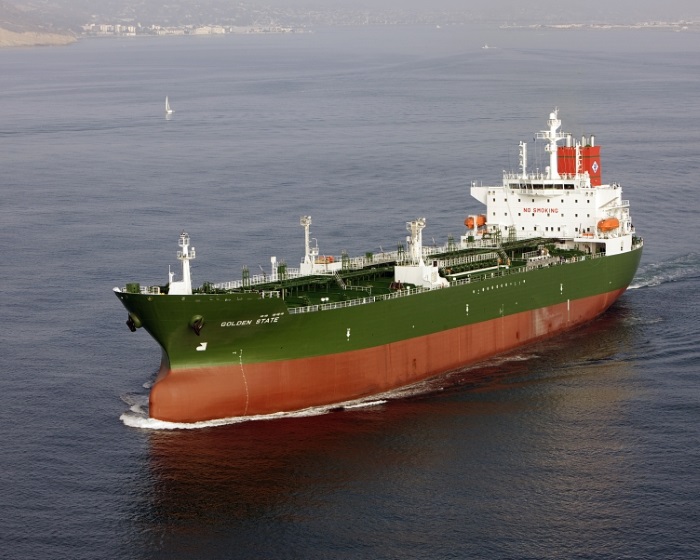Product tankers and more specifically, MRs are to keep benefitting from increasing demand from Australia. In its latest weekly report, shipbroker Gibson said that “in recent years, Australia’s refining sector has undergone a profound structural shift. Refinery rationalisation and Covid-19 related demand pressure led to the closure of several struggling refineries, following a prolonged downward trend. Recognising the implications for national security, the Australian Government intervened to keep the nation’s two remaining refineries – Lytton (109 kbd) and Geelong (120 kbd) in operation until at least 2027. Still, declining refining runs have driven a significant increase in Australian CPP imports since mid-2020 as the need to replace this lost refinery output ramped up, lending support to the regional MR market, with growing trade both from SE Asia and the Far East”.
“Thus far, Australia has been able to make up the shortfall in refinery volumes. Weaker Asian demand stemming from much of Asia living under (until recently) strict mobility restrictions meant products could be diverted to Australia where the demand signals were stronger. However, with Asia, and in particular China expected to see an improvement in demand over 2023, Australian importers will face increased competition when sourcing import barrels”, said the shipbroker.
According to Gibson, “the data shows that Q4 2022 imports peaked at 839 kbd in November but dipped to 776 kbd in February 2023. Nonetheless, the overall trend shows a year-on-year increase in average imports at 779 kbd in 2023 versus 721 kbd in 2022 (+8% YoY) and up from 627 kbd in 2021 as the impact of refinery closures took hold. Meanwhile, crude imports have seen a constant decline from 350 kbd in 2018 to a mere 152 kbd in 2022, further consolidating Australia’s import dependency on refined products going forward as refinery throughout declined”.
“A few headwinds could see a softening of the import growth trajectory over the short-medium term. Firstly, Australian GDP growth is expected to slow into 2023 and 2024, while inflation should peak during this period which may begin to put pressure on oil demand. The other issue at hand is the impact of recovering Chinese demand which could increase purchasing competition as well as prices if regional balances begin to tighten. Singaporean middle distillate stocks are trending below seasonal levels, partly driven by higher MR exports to Australia over the previous months and this could begin to weigh on the strength of future southbound flows. Total Australian oil demand is likely to remain stable before eventually starting to decline into the 2030s as EV uptake begins to reduce road fuel demand. Although further refinery closures or conversion to import terminals could lead to further increases in CPP imports. Also, at play there is also the possibility of Russian CPP cargos displacing some intra product trade in the region, meaning that greater volume of mainstream supplies could be diverted to Australia. Although this is dependent on Russia successfully exporting sufficient volumes to SE Asia to which for the time being is yet to fully materialize”, the shipbroker noted.
Gibson concluded that “the market volatility of the past 12 months following the invasion of Ukraine shows the risk posed to countries such as Australia, which have a high dependency on imported fuels and the strategic risk stemming from a declining refining sector. Longer term, priority should be given to enhancing the energy security needs of Australia to withstand potential supply side shocks in the oil market as well as the future of the Australian refining sector. However, as the political mood in the country begins to shift towards a lower emissions future, the issue is far from settled. In the meantime, MRs in Asia are expected to continue benefiting from higher demand down under”.
Source: Hellenic Shipping News






